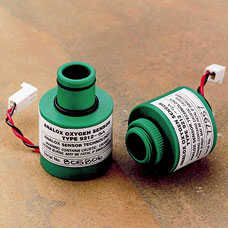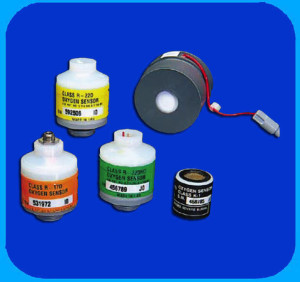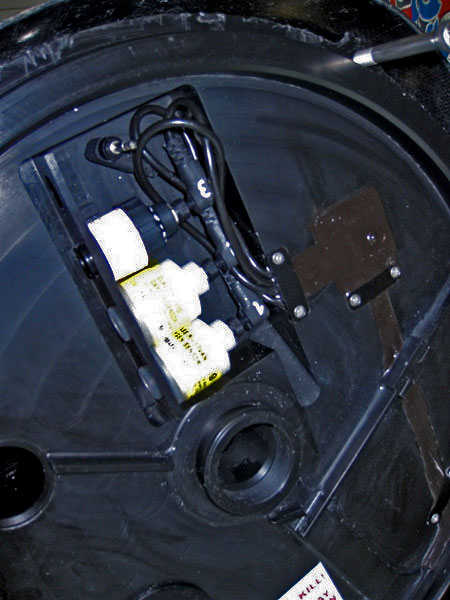Mixing Brands or Ages of CCR Oxygen Sensors
by Bruce Konefe
 Many electronically controlled rebreathers use an array of three sensors together with a system of ‘voting’ to avoid calculating a PO2 with a failing sensor. Rebreather electronics can temporarily or permanently ‘vote out’ a sensor with characteristics that are different than the other two. This is an important safety feature enabled by the multi-sensor array.
Many electronically controlled rebreathers use an array of three sensors together with a system of ‘voting’ to avoid calculating a PO2 with a failing sensor. Rebreather electronics can temporarily or permanently ‘vote out’ a sensor with characteristics that are different than the other two. This is an important safety feature enabled by the multi-sensor array.
However, if the sensor array contains a mix of brands or ages of sensors you may experience unexpected behavior of the sensor array as a result of the voting algorithm. For example, installing a single new sensor in an array with two older sensors may cause the perfectly good new sensor to be voted out simply because it responds faster than the older sensors.
This will cause a situation where the reported PO2 is less accurate because the most accurate sensor information has been discarded.
There are numerous other circumstances in which a mixture of  brands or ages in an oxygen sensor array can cause an otherwise acceptable sensor to be voted out, solely due to differences between the sensors.
brands or ages in an oxygen sensor array can cause an otherwise acceptable sensor to be voted out, solely due to differences between the sensors.
You might see transient sensor alarms while the different sensors catch up to each other and auto calibrating rebreathers might even fail to calibrate in such situations. If you are considering switching brands of sensors, it’s tempting to want to just ‘try one out’, rather than replace the whole array.
When only one sensor in an array is due for replacement, it’s tempting to just replace that sensor alone. While best practice is for the array to contain a mix of sensors selected from differing lots, you should not mix brands or very old sensors with very new sensors.
For more information, also read: Oxygen Sensor Handling – Best Practices by Mark Derrick


